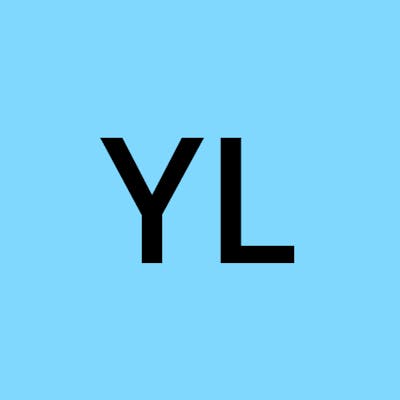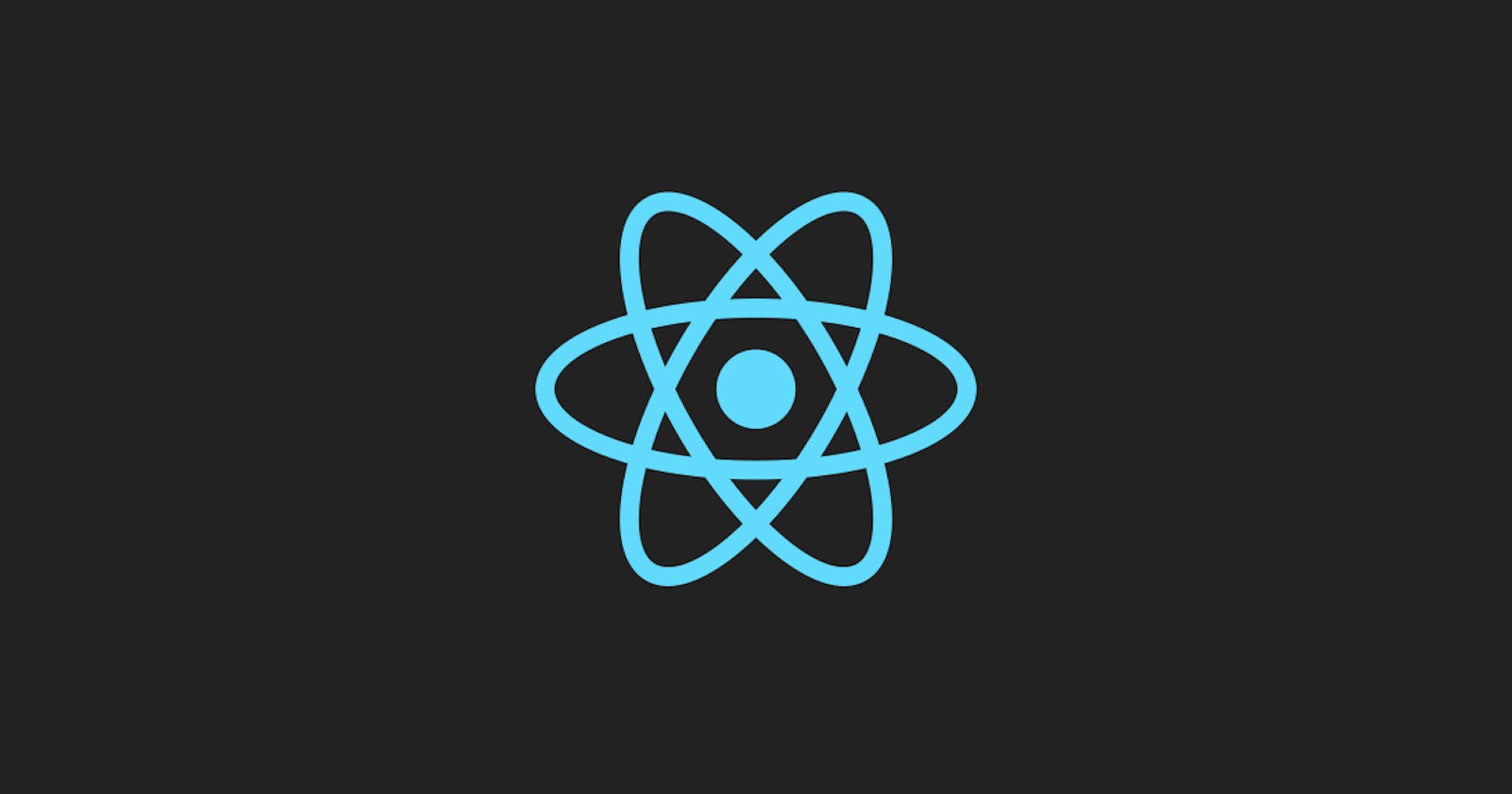What is React?
React (also known as React.js or ReactJS) is a free and open-source front-end JavaScript libraryfor building user interfaces based on UI components. It is released by Meta(formerly Facebook) in 2013, maintained by Meta and a community of individual developers and companies. React can be used as a base in the development of single-page, mobile, or server-rendered applications with frameworks like Next.js. However, React is only concerned with state management and rendering that state to the DOM, so creating React applications usually requires the use of additional libraries for routing, as well as certain client-side functionality.React is used for handling the view layer and can be used for development of both web and mobile applications
Why it named React?
Since React is a front-end framework or the “View” in MVC, this means that as the user clicks around and changes the app's data, the view should “react” or change with those user events.
A short history of Reat
Forward from this blog
"In 2011, as Facebook’s Ad app began to pick up major momentum, their code began seeing a myriad of new updates and team members which became overwhelming and hard to manage after a while. In an attempt to help remedy this problem, Jordan Walke created FaxJS, a prototype which made this process more efficient. This was the birth of what would later evolve into the version of React that we all currently know and love today.
In 2012, Facebook bought a little company called Instagram, who had just 13 employees at the time, for $1 Billion. After its acquisition, Instagram wanted to adopt much of Facebook’s new technology. This put pressure on the parent company to decouple React from Facebook and make it open-source, which is exactly what was done. In late May 2013, Jordan Walke finally introduced what was now called ‘React’ and open-sourced the material. Throughout the rest of the year React began to be used and experimented with across the industry. In 2014, React really began to pick up significant steam as important new features such as the React Developer Tools were added as an extension of the Chrome Developer Tools. 2014 also saw the introduction of React Hot Loader which was a plugin that allows React components to be live reloaded without the loss of state.
In 2015, React reached a point where it was now considered ‘Stable’. This year saw a bunch of new and significant milestones that helped push React even further into the mainstream. In January 2015, Netflix came out with this article in support of React. Airbnb also began using React shortly after. These already significant developments were followed up by React Native for iOS becoming open and available on Github by March and then React Native for Android rolling out in September of that same year. As a large and very engaged community was formed around React, it saw many other improvements and optimizations made throughout the years which have only further contributed to its rise as an integral part of many modern software products and companies."
What is React used for?
It's used for building interactive user interfaces and web applications quickly and efficiently with significantly less code than you would with vanilla JavaScript.
Features
- Declarative
- Components
- Functional components
- Class-based components
- Virtual DOM
- Lifecycle methods
- JSX
- Architecture beyond HTML
- React hooks

